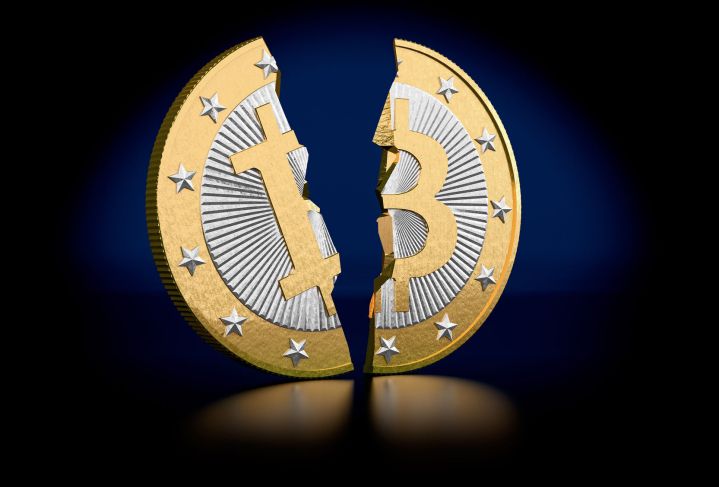
The South Korean government recently enacted regulations that require all cryptocurrency accounts to be associated with real identities. The move comes amid an investment frenzy over the past few months, and the South Korean government hoped the new regulations would stem speculative trading that has recently taken off in that country. The value of bitcoin dropped 12 percent once this news hit, and ethereum followed suit, falling 6 percent, according to Engadget. Since then, bitcoin has recovered, to $11,502 as of 7:15 am on February 20, 2018.
“Cryptocurrency speculation has been irrationally overheated in Korea. The government can’t let this abnormal situation of speculation go on any longer,” the South Korean government said in a statement, as reported by The New York Times.
TechCrunch has a slightly different take, suggesting that the move to ban anonymous cryptocurrency accounts will have the fortunate side-effect of making it harder for North Korea to infiltrate the South’s crypto markets. TechCrunch previously reported that the Kim Jong Un regime may be using cryptocurrency trading as a side business for the Kim family. The new regulations banning anonymous accounts should make it harder for the North to turn a profit on cryptocurrency trading.
The new regulations are tricky for a number of reasons, not least of which is because they will do away with one of the alluring features cryptocurrencies offer — anonymity. The South Korean government is also worried that putting regulations on cryptocurrencies could have the effect of legitimizing them in the eyes of everyday people, who have recently been swept up in the cryptocurrency craze.
“It’s really tricky for the government,” said S.G. Lee, chairman of the Korean Fintech Industry Association. “They are worried about giving a wrong perception to the people.”
According to The New York Times, the new regulations are a warning shot for the overheated crypto market and investors who are making a killing off of the rampant speculation. The South Korean government hopes to cool things down by making it clear to investors that it will, if necessary, crack down hard on cryptocurrencies.
More recently, South Korean Finance Minister Kim Dong-yeon reinforced the government’s message that it does not seek to hold down the nascent market, as China has done. As Reuters reports, Dong-yeon said in a recent statement that “this is no intention to ban or suppress cryptocurrency (market).” This statement comes on the heels of South Korea’s discovery of $600 million worth of illegal cryptocurrency foreign exchange trading, and reinforces the message that regulation is the more immediate option for addressing concerns, as opposed to an outright ban on trading.
Then, as Bloomberg reports, the South Korean government went even further in calming nerves by saying that it is in favor of “normal” cryptocurrency trading and that its Financial Supervisory Service (FSS) is working to normalize digital asset trading. As Arthur Hayes, CEO of BitMEX, said, “South Korea did not ban bitcoin. We’ve now gone up almost double in the last few weeks, and I think a lot of this is poeple coming around to the fact that bitcoin trading isn’t going anywhere.”
All of this comes in the wake of several high-profile instances of cryptocurrency exchanges going under after losing millions of dollars worth of cryptocurrencies to malicious hackers. TechCrunch reports South Korean crypto exchange YouBit folded recently after losing $35 million.
Updated on February 20: Added recent indications from South Korean government that it supports normal cryptocurrency trading.
Editors' Recommendations
- The best Bitcoin wallets to hodl, trade, and exchange crypto
- How Coinbase stopped the Twitter Bitcoin hack from being even worse
- How to buy Ripple
- Ethereum vs. Bitcoin: What’s the difference?
- Samsung shuts South Korea Galaxy Fold, Galaxy Z Flip factory due to coronavirus


